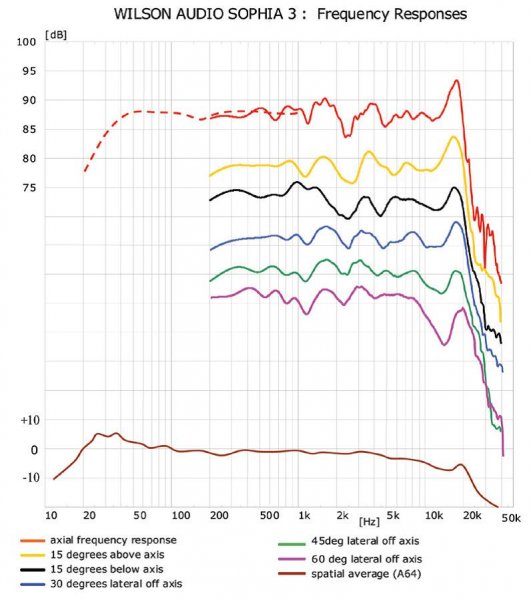No, you got it wrong. You are either linear or not.
do you feel the magico are linear
Yes, I do think that the S5 is more linear then most other speakers out there.
Here is MC on the subject:
"The bass continued down to a low
25Hz, notably without the usual upper bass
boom. 100Hz to 7kHz was exceptionally uniform...
"... it’s clear that the S5 is the
product of years of careful research into materials
technology, room matching, decay resonance,
group delay and distortion control, a concertedly
global approach to total loudspeaker system
design to try to make the loudspeaker disappear
and thus not constitute the usual, recognisable
and characterful link in the sound reproducing
chain. In achieving this very high standard of
natural dynamics, very low distortion, vanishingly
low coloration, very low fatigue, exceptional
transparency and an almost magically powerful,
speedy, upbeat bass, the Magico team should be
applauded...."



